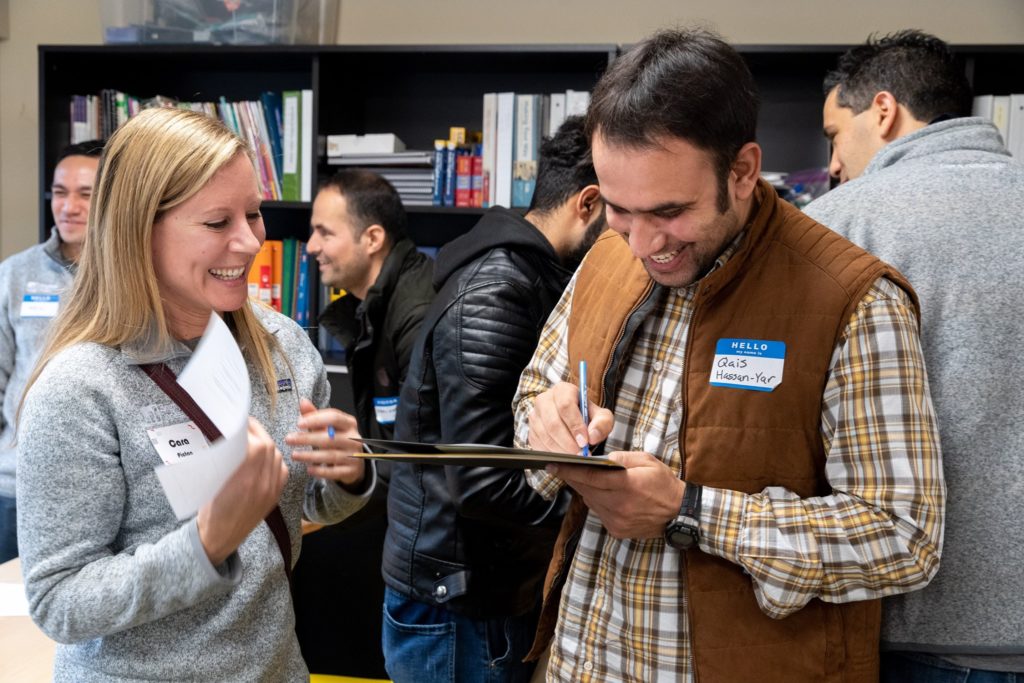How Can We Help?
Donor Relations at IRC
Donor Relations
Donation needs for New Roots often center around the emergency food, garden supplies, and farmers market. The IRC receives a great deal of community support, and the Development team often receives donations from community members and companies for donations to specific programs. The Development team determines which donors are appropriate for each program and will direct them accordingly. It is common to get referrals from the Development team about a possible donor. However, during times when donor activity is low, it may be necessary to conduct direct community outreach. Before doing so, it is important to check the IRC’s Partnership Database Spreadsheet or in Airtable to see what community partnerships already exist, because it would appear disorganized to solicit donations from an organization that is already working with the IRC in another capacity. Another valuable resource for community outreach is IRC staff, who often have established connections and can provide references to possible donors.

Outreach is often done through the Development team, which posts donation and volunteer needs for all programs to the IRC Seattle website and Facebook page. Best practice for conducting outreach is to let the Development team know of a donation need (food pantry items, garden tools, etc) and provide as many details as possible about the need. Ask the team how to proceed with conducting outreach, and they will advise on the appropriate steps to take. As discussed in the Marketing and Visibility section of this guide, the IRC has specific requirements for external communications, so the Development team will advise on the communications aspect of donor relations as well.
Once a donor has been identified, New Roots has full responsibility over coordinating logistics for supporting and receiving donations. Often it will be necessary to pick up the donations in person, so reserving the IRC cargo van is important unless you have a car with a lot of storage space. Provide the donor with any logos or marketing materials they may need (see the Marketing and Visibility section of this guide for more information about IRC communications). Wear an IRC badge to any donation pickup for easy identification as an IRC staff member. Finally, be sure to thank the donor in person when picking up the donation – a personal touch and heartfelt thanks goes a long way!
Appreciation of donors is incredibly important, as donors will often give again if they have a positive experience and feel like they are making a difference. Follow-up emails that include photos of how the donation is being used are an effective way to show appreciation, as it provides visual proof that the donation is going to good use. Inviting donors to future community events hosted by the IRC is also a good way to show appreciation. For example, New Roots organizes a Harvest Party at the Namaste Garden every year, which is attended by gardeners, community members, partners, and IRC staff. Inviting donors to this event engages them directly with the gardens and the refugee community, which helps keep them invested in the work of New Roots and the IRC.
The IRC requires the value of any donation received to be recorded in an inventory spreadsheet on Box. This helps the IRC track the overall value of in-kind donations received in a year, which helps with providing examples of match for grant applications. Food items that are donated to the food pantry must be entered individually, and the value for each must be researched and included. The Year 1 VISTA has created a Common Food Values reference sheet to make this process less time-consuming, as well as a comprehensive training guide for food pantry documentation.


